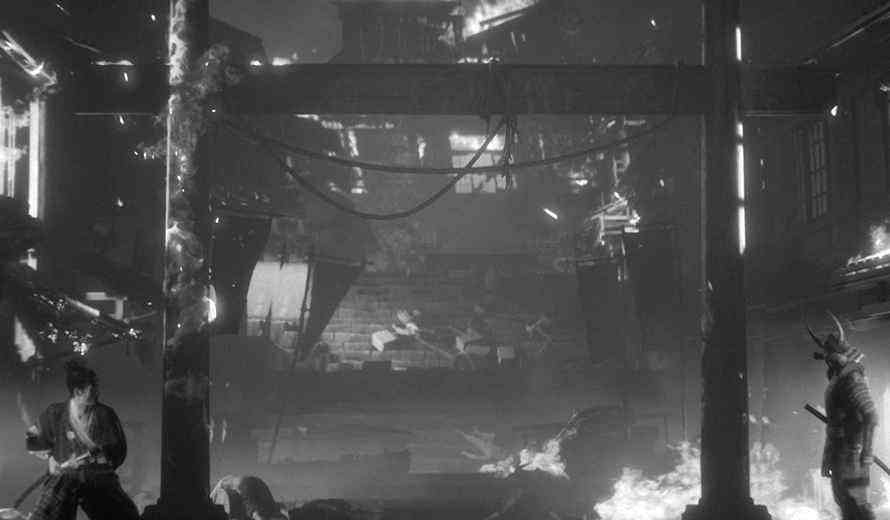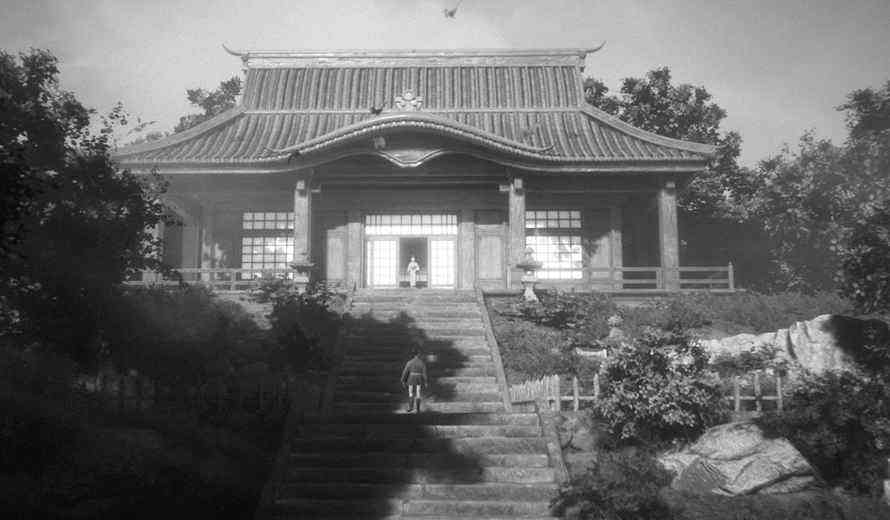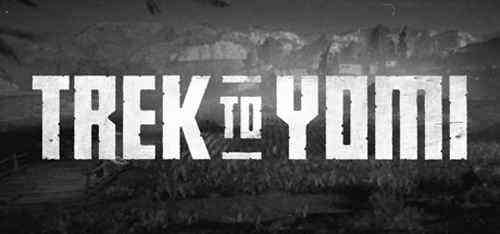Trek to Yomi Preview
While art style or graphics are only a part of what makes a game memorable, sometimes they’re enough to grab your attention and draw you in. Trek to Yomi is an upcoming action game inspired by classic samurai films of the 1950s and 60s. It very successfully nails the look and tone of timeless cinema by Kurosawa and others. Oh, and it plays great, too.
Mechanically, Trek to Yomi borrows quite a number of ideas from soulslike games. There are checkpoint shrines, stamina management is part of combat, and death is frequent. Blocking, parrying, and rolling are important strategic elements. Combat goes beyond simple light and heavy attacks and adds a number of combos tailored to specific situations. After playing the first few hours of the game, I came away impressed by Trek to Yomi’s balance of complexity and straightforward action. Though its moves aren’t terribly difficult to learn, at medium difficulty or above execution requires some pretty precise timing.
Trek to Yomi is a 2.5D game, so the main character can explore areas that are both in the background and foreground. While it’s primarily a side-scrolling game, it does deviate effectively from a linear path. There are lots of secret areas to find. They’re not like Dark Souls shortcuts, because you don’t backtrack, but sometimes there are hidden paths to approach enemies in an alternative way.
A Determined Samurai

Trek to Yomi follows an apprentice samurai named Hiroki whose master and village are overtaken by marauding invaders. After a tutorial chapter, the game moves forward in time. Hiroki is now an adult seeking to purge the land of evil and save his family. Though the game description includes supernatural elements, the demo primarily focused on human enemies. Most of these were swordsmen of varying degrees of skill and a few mini-boss characters.
In addition to a bladed weapon, Hiroki also has access to throwing knives. While exploring, he finds items that increase his health bar and stamina or amount of ammo. Hiroki continually unlocks new combos, but there doesn’t seem to be a traditional upgrade system, either for weapons or the character. That said, as Hiroki learns new combos and as the player increases their skill, it definitely feels like there’s progression.
The Look of Classic Film

Mechanically, Trek to Yomi is on its way to being a great-playing action game. By far its greatest strength, though, is its look and art direction. From the subtle film grain filter to the way the camera moves through the space, there are many moments that are literally cinematic. Camera placement and framing are part of it. The game’s black and white photorealism is another element. Together, the effect is beautiful and absolutely unique.
While combat animations are fluid, figure models in cut scenes are the only times when it feels like there’s a small dip in the quality. But even then, the voice acting and stoic expressions of the characters keep the immersion pretty well intact.
Apparently, indie developer Leonard Menchiari and Flying Wild Hog (Shadow Warrior 3) did some deep research into the architecture, history, and culture of feudal Japan. The game feels very authentic, both to the films it emulates as well as the reality of the period in which it’s set.
A Game to Watch

Soulslike action games are hardly unique, but every now and then a developer spins the recipe into something that feels fresh. Trek to Yomi is first and foremost a love letter to Japanese cinema. Its themes of good and evil, revenge and noble sacrifice, work well to drive a videogame story. The art direction totally sells the concept. Best of all, everything seems in service of a fun to play, challenging, and smartly streamlined game. What I played absolutely hooked me and left me excited to see the final product.
***PC code provided by the publisher***

